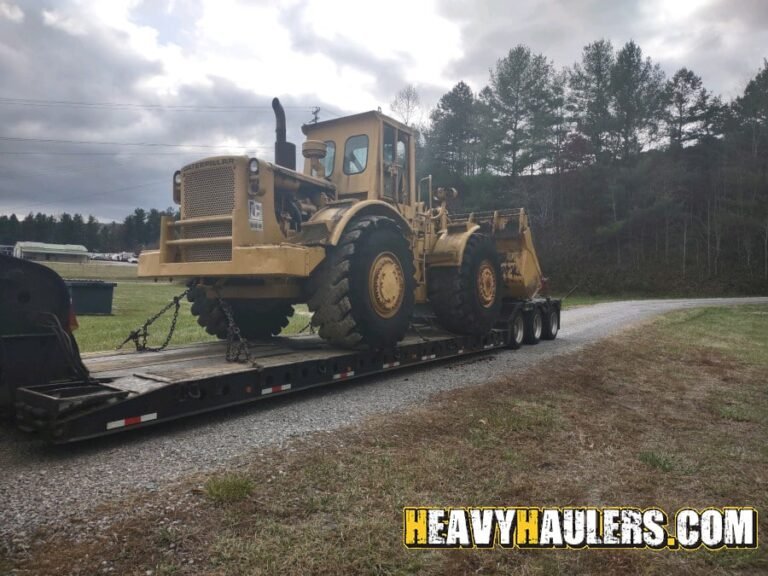There are two main types of cargo insurance. The first is motor truck insurance, which covers vehicles such as trucks or utility vehicles used to transport products over land. It covers some risks associated with ground freight shipping, such as collision damage and theft.
Second, we have marine cargo insurance, which is commonly used for overseas shipments that include air and sea transportation. It involves loading and unloading damage, accidents, weather and other perils affecting aircraft and ships.
There are different types of marine cargo insurance policies. An open coverage policy insures transportation for a specific period and multiple shipments can be covered under a single insurance policy. If you ship teams frequently, this is an easy way to manage risk. On the other hand, a single coverage policy, as the name suggests, insures the equipment per shipment.
A contingency policy helps the carrier save money when the customer decides not to insure the shipment. An all-risk insurance policy will protect you from the costs associated with damaged or lost merchandise shipments, as long as the merchandise is not prone to damage or loss. An all-risk policy is automatically void in cases where a natural disaster causes loss or damage, negligence on the part of the consignee or carrier, or civil disturbances, strikes and riots.
As the name suggests, a warehouse-to-warehouse policy covers cargo from the time it is unloaded from a carrier until it arrives at the consignee’s warehouse. If you prefer to partially insure your equipment, you can opt for a general breakdown policy. If any cargo is lost or destroyed as a result of an incident at sea, all owners of any cargo on board the vessel will be responsible for meeting the associated costs. Even if your shipment is not affected, the policy still requires you to cover the costs of other shippers.

